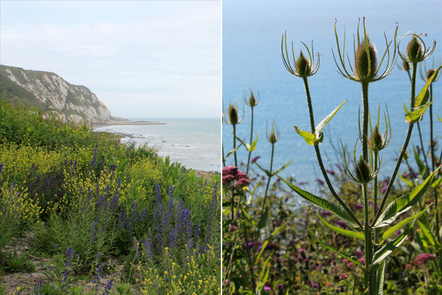Week 4: The unseen world
Introduction
This week you will learn about the smaller organisms at the base of food chains in simple and complex ecosystems. Then look for organisms in your own area and identify them using the iSpot community.
Three-quarters of the Earth’s surface is covered with water, and that water is full of particles and a vast array of different kinds of creatures make their living by filtering those particles out of the water. There are many very small organisms that inhabit the water world. Understanding their lifestyle and inter-relationships requires us to understand their biology, but also something about the physical nature of the environment in which they find themselves. We are dealing with a different world at the level of the very small.
In the following audio Dr Aaron Bernstein talks to Brett Westwood about some of the wonders of the microbial world and how it redefines our understanding of life. Listen out for answers to the following questions:
- Dr Bernstein compares the living world with a tapestry. Why does he regard this as a useful analogy?
- Why is it a problem to define species in the microbial world?
Transcript
Ocean ecosystems

